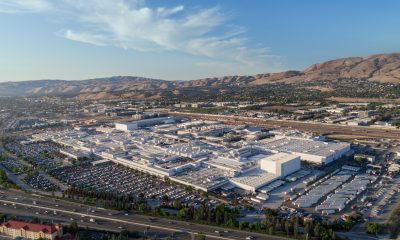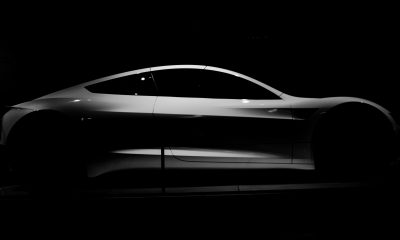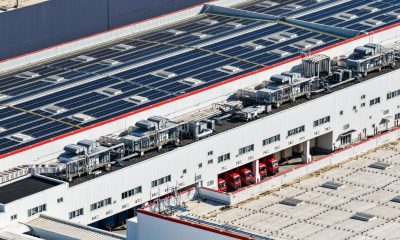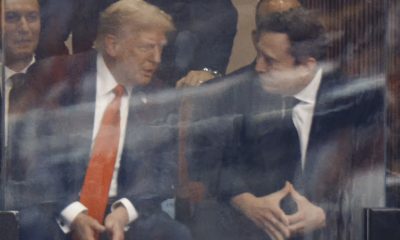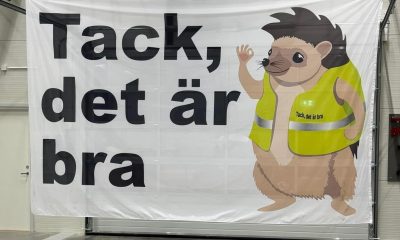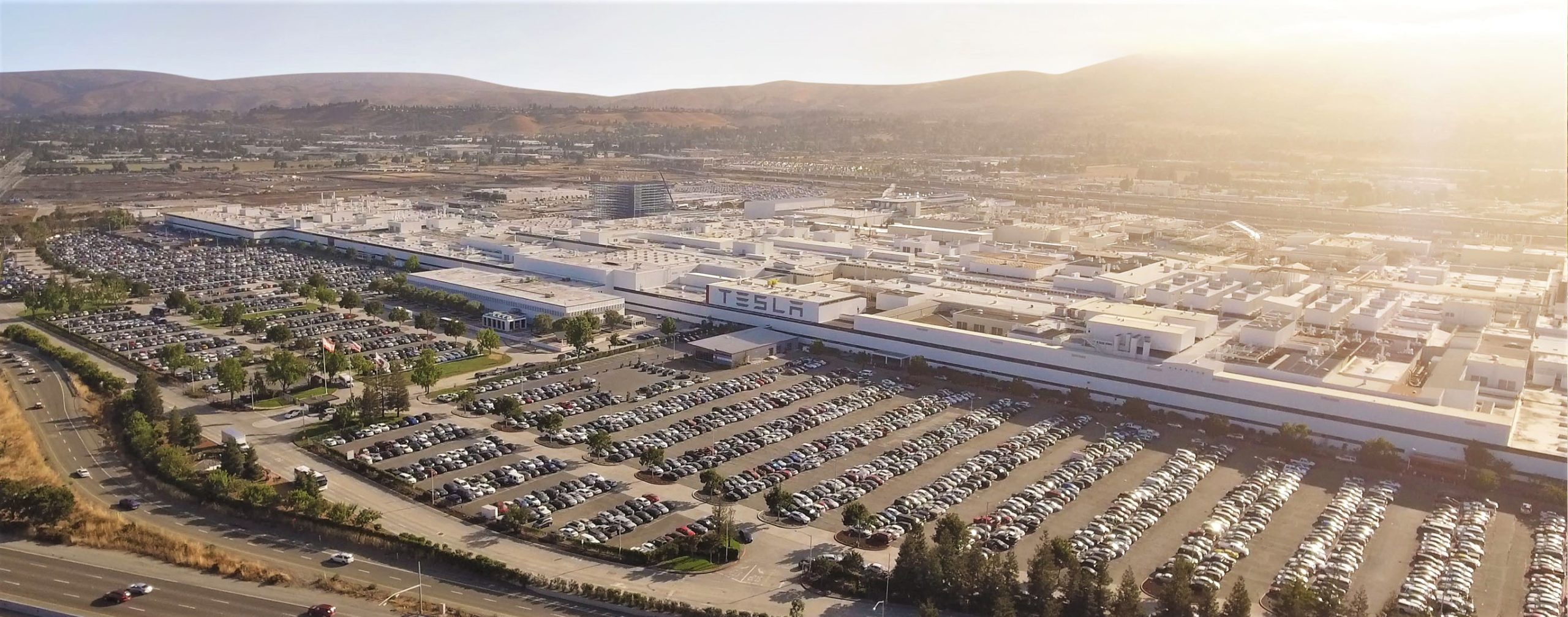
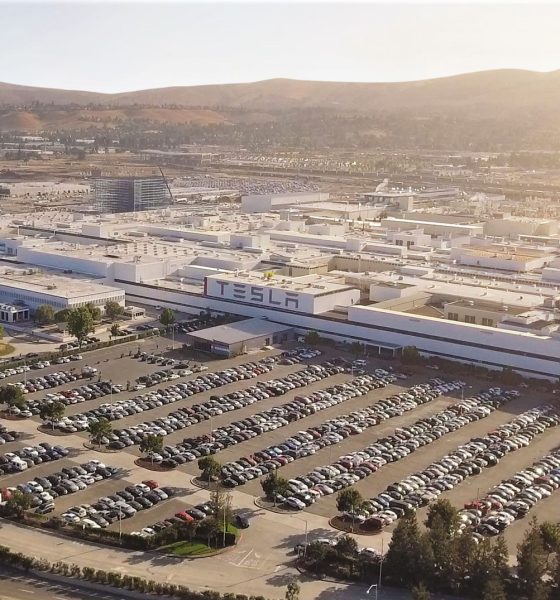
News
Tesla’s intense work culture is a perfect fit for the industry’s most driven workers
Tesla, just like SpaceX, operates under Silicon Valley principles. While this enables Tesla to evolve faster than traditional automakers, such a system also requires employees to continuously dig deep in order to accomplish targets. When SpaceX was starting out, its recruiting pitch was simple — it was the “special forces” in the space industry — and it was this pitch that attracted talent who are hungry and motivated enough to help the company achieve its milestones over the years.
The same is true for Tesla. The electric car maker has been around for 15 years — a short period of time considering the pedigree of rival automakers — but the company has already established itself as a leader in premium electric vehicles. Such growth and progress did not come easy, though, with Elon Musk openly admitting to tech journalist Kara Swisher at an episode of the Recode Decode podcast that milestones such as the Model 3 production ramp were only made possible due to “excruciating effort” and “hundred hour workweeks by everyone.”
Such an intense work culture has attracted a lot of detractors. Critics have accused the company of overworking its employees, as reflected in multiple critical exposes published about Tesla’s operations this year alone. One of the executives who left Tesla, former Chief Accounting Officer David Morton, also cited the company’s pace of work as among the reasons behind his departure. With its intense work culture, ambitious targets, and its frenetic pace, Tesla’s work environment is definitely not for everyone.
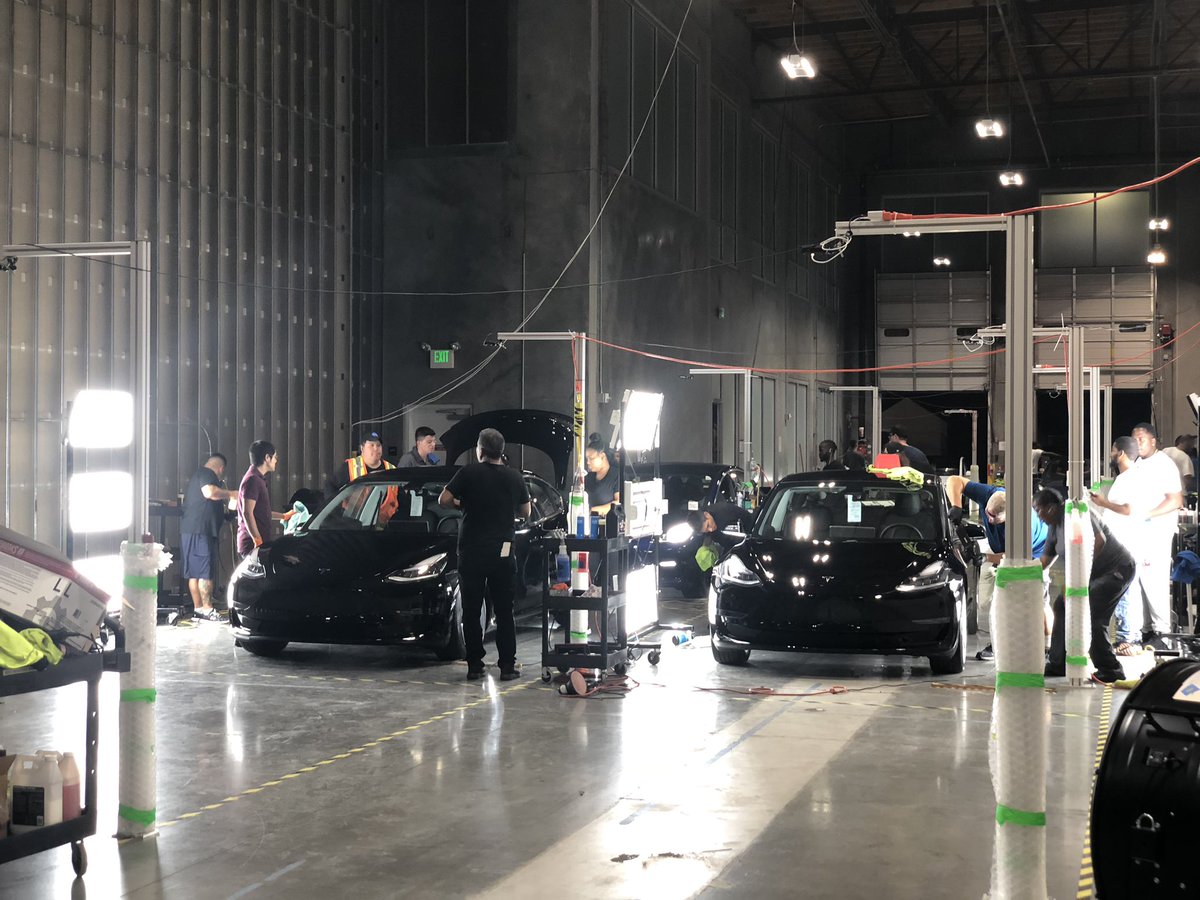
As revealed by data from Handshake, a student career-services app, though, it is exactly this type of intensity that makes Tesla attractive to young, driven applicants. Handshake noted that Telsa received more job and internship applications than any other company listed on the app in the 2016-2017 academic year. Last year alone, Tesla collected almost 500,000 applications, which is about double the volume it received in 2016. In a statement to The Wall Street Journal, Cindy Nicola, vice president of global recruiting at Tesla, noted that the company had already received more applications to date this year than it did in all of 2017.
“Our interest from candidates continues to grow year over year,” she said.
Part of Tesla’s allure among young job applicants is the company’s mission — to accelerate the world’s transition to sustainable energy — as well as the passion of its CEO, Elon Musk, a hands-on leader known to work long hours with his employees when needed. Kiran Karunakaran, who worked as an engineer at Tesla before he moved to Seattle, noted to the WSJ that before he was employed by the electric car company, he received a job offer from Apple. The iPhone-maker’s $115,000 per year offer was superior to Tesla’s 95,000 a year offer, but according to the engineer, the decision for him was a no-brainer.
“What really attracts young people to Tesla is instant gratification. You see these incredible things you’ve worked on come to fruition, on the road, in months,” he said.
Tesla’s attractiveness among applicants extends well into its internship program. For interns, the company’s flat organizational structure provides them with an opportunity to exercise their ideas and be heard. Anusha Atluri, a student from Carnegie Mellon University’s Tepper School of Business who worked as an intern at Tesla this past summer, experienced this firsthand. She worked at Tesla at a time when the company was ramping Model 3 production, and partway through her internship, she came up with an idea that could speed up the electric sedan’s lines.
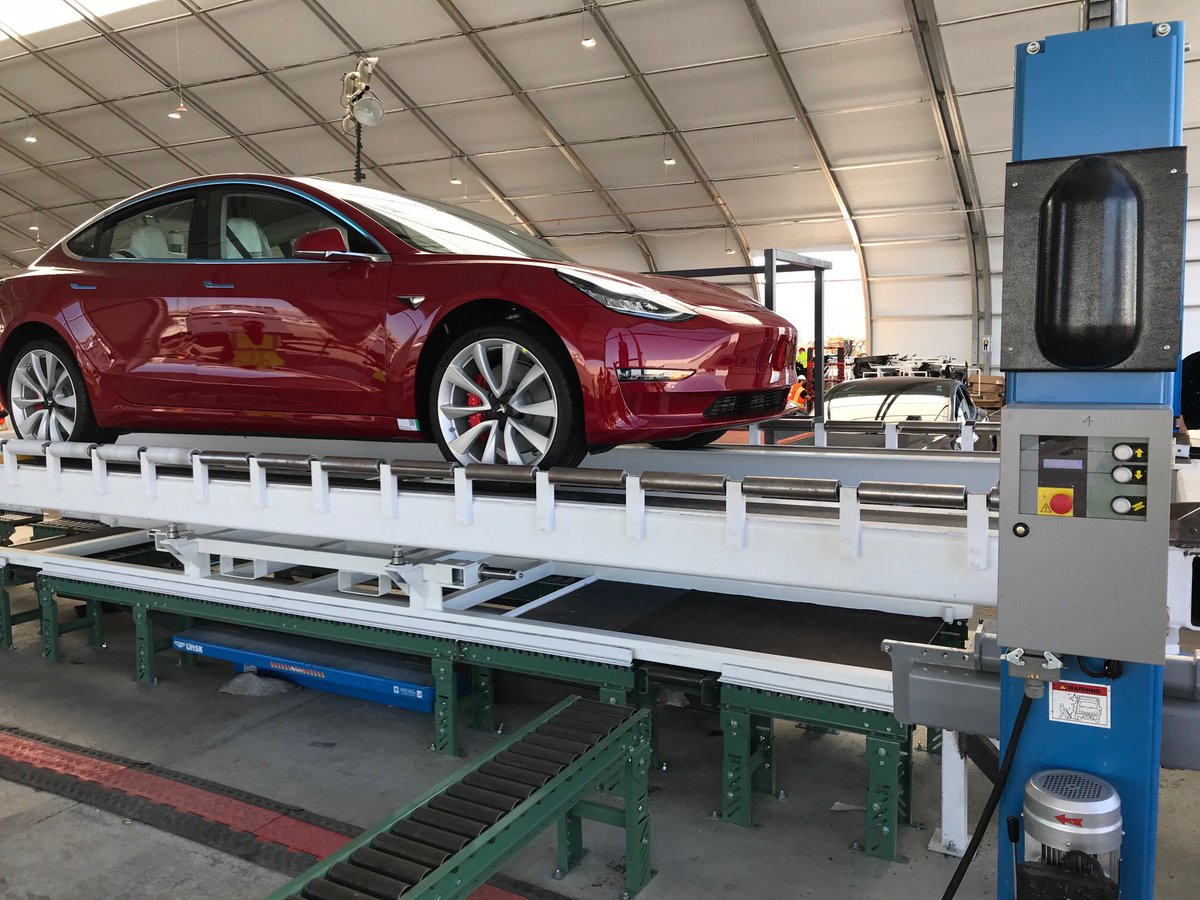
The intern presented her idea in a Powerpoint presentation to her team, and it was well-received. She initially planned to discuss her suggestions with management the following week, but Tesla opted to implement her suggestions the next day. By the following week, the line was running more smoothly. “They were like, why not just try it tomorrow?” she said in a statement to the WSJ.
While the demanding hours and ambitious targets in Tesla could be exhausting, some workers have found themselves being underwhelmed in other companies after a tenure with the electric car maker. An engineering manager, who opted to remain anonymous, noted that she actually left Tesla after having a baby. When she was ready to get back on the workforce, she accepted an offer from a large tech company. Eventually, though, she felt that she was not a good fit. It did not take long before the engineering manager decided to go back to Tesla’s high-intensity environment.
“It isn’t just about working less. Everybody should have more work than they can possibly finish at all times. It forces the person to draw the line on when they give up—when they say, I’m done for the day. At Tesla, you have to achieve some kind of comfort knowing you didn’t do it all,” she said.
Elon Musk has noted that Tesla probably has the most exciting product roadmap in the market today. With exciting new electric cars and energy products in the pipeline, the company is bound to grow and expand its workforce even more. The company would most likely demand long hours and ambitious targets for its employees for years to come. Despite this, the company would likely continue to attract the most driven individuals that the talent pool has to offer — individuals that, just like Elon Musk, thrive in the face of pressure.
News
Tesla Fremont Factory celebrates 15 years of electric vehicle production
Since opening in 2010, the Fremont Factory has produced all four “S3XY” models while creating tens of thousands of jobs.
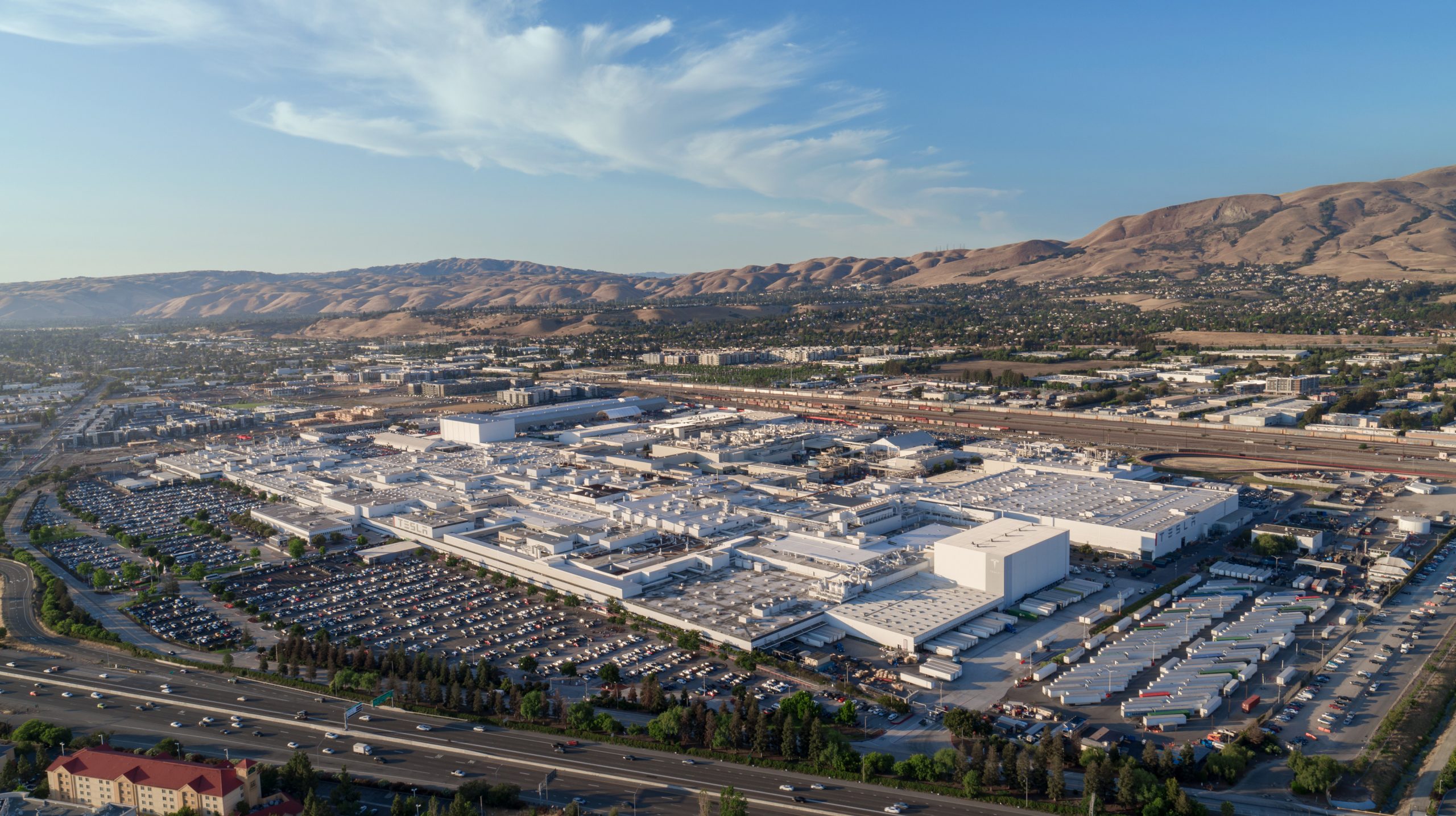
Tesla is marking the 15-year anniversary of its Fremont Factory in California, the first automotive mass-manufacturing plant acquired by the electric car maker.
Since opening in 2010, the Fremont Factory has produced all four “S3XY” models while creating tens of thousands of jobs and investing billions of dollars in the region.
Celebrating 15 years of EV production
The Fremont Factory’s milestone was celebrated by the official Tesla Manufacturing account on X, which posted a photo of several Teslas forming a “15” in front of the facility’s iconic white facade. As per the electric vehicle maker, the Fremont Factory has now produced 3.6 million vehicles so far, and it has also created over 20,000 jobs in the state.
“15 years ago, we opened Fremont factory. Today, the Fremont team is producing all 4 S3XY models, totaling 3.6M vehicles made so far. 20k+ California jobs created w/ billions of dollars invested,” the official Tesla Manufacturing account on X wrote in its post.
The Fremont Factory’s transformation
Tesla acquired the Fremont Factory from the defunct NUMMI joint venture between General Motors and Toyota in May 2010 for $42 million. The facility had produced more than 8 million vehicles under GM and Toyota over 26 years. Following its acquisition, Tesla retooled the 5.3-million-square-foot plant to support the production of the Model S sedan.
Over the past 15 years, the factory has evolved into Tesla’s primary North American production hub, assembling the Model S, 3, X, and Y. Annual output has exceeded 550,000 vehicles, including nearly 560,000 produced in 2023 alone. Expectations are high that other products, such as the next-generation Roadster and Optimus, might be produced in the Fremont Factory as well.
News
Tesla posts job opening for next-generation Roadster production
Elon Musk teased a major demonstration at the Tesla Design Studio in Hawthorne, scheduled for the end of the year.
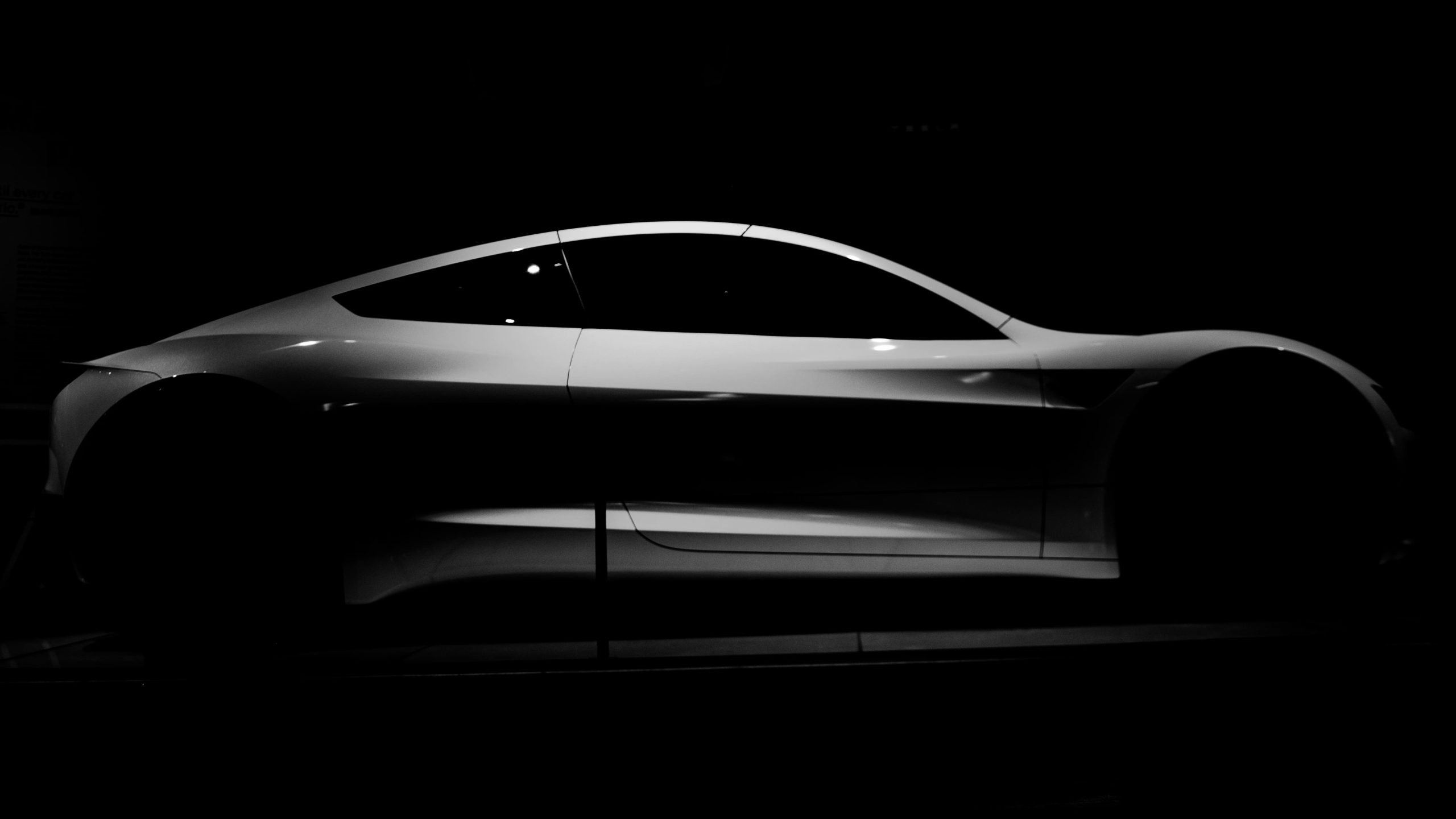
Tesla has opened its first job listing specifically for the next-generation Roadster, hinting at some substantial progress on the company’s long-awaited flagship all-electric supercar.
The company is looking for a Manufacturing Engineer to support the development and launch of new battery manufacturing equipment, which would likely be pivotal to the Roaster, considering its teased performance and range.
Tesla’s next-generation Roadster batteries
As per Tesla’s Careers website, the Roadster Manufacturing Engineer’s tasks would include ideating equipment concepts, developing specifications, validating processes, and addressing production bottlenecks. Tesla emphasized that the position involves collaboration across domestic and international sites, supporting equipment factory acceptance tests and assisting operations teams, with expected travel under 50 percent.
“In this role, you will take large-scale manufacturing systems for new battery products and architectures from the early concept development stage through equipment launch, optimization, and handover to local operations teams. Battery development is at the heart of our company, and this is an exciting opportunity to work directly on the central challenges for the all-new Roadster product architecture while still in its early development stages,” the job listing noted.
The opening marks one of the first public hiring efforts explicitly tied to the next-gen Roadster, suggesting that the vehicle’s development might be approaching its initial manufacturing phase. The fact that the new Roadster’s first job opening is related to its battery is interesting, as the vehicle was unveiled with a range of 620 miles way back in late 2018. Though at the time, Elon Musk also noted that the Roadster would be fitted with a 200 kWh battery, twice the size of the batteries used in the Model S and Model X.
Musk teases “most epic demo ever” and fuels Roadster speculation
Back in July, Elon Musk teased a major demonstration at the Tesla Design Studio in Hawthorne, California, scheduled for the end of the year. Musk shared on X that he had just visited the studio, calling the upcoming event the “most epic demo ever by one of year. Ever.”
The statement immediately prompted speculations that Tesla may finally be ready to reveal the production version of the next-generation Roadster. Originally unveiled alongside the Semi in 2018, the Roadster has remained under wraps while the company scaled production of other models. Since its unveiling, however, the Roadster’s rollout has been pushed back in favor of the original Model Y, the refreshed Model S and X, the Cybertruck, the refreshed Model 3, the Semi, and the new Model Y.
At the time of its unveiling, the next-generation Roadster was teased to be nothing short of a monster, with a 0-60 mph time of 1.99 seconds and a top speed of over 250 mph. Elon Musk also teased that the next-generation Roadster would have a range of 620 miles per charge. Later, the CEO noted that the Roadster should be able to achieve a 0-60 mph launch of less than 1 second, thanks to the vehicle’s SpaceX package. Musk has also noted recently that the next-generation Roadster would be “beyond a car.”
News
Tesla’s Shanghai sites now producing massive solar output, confirms exec
Gigafactory Shanghai’s rooftop solar installation now generates an impressive amount of clean energy, and other sites are following suit.
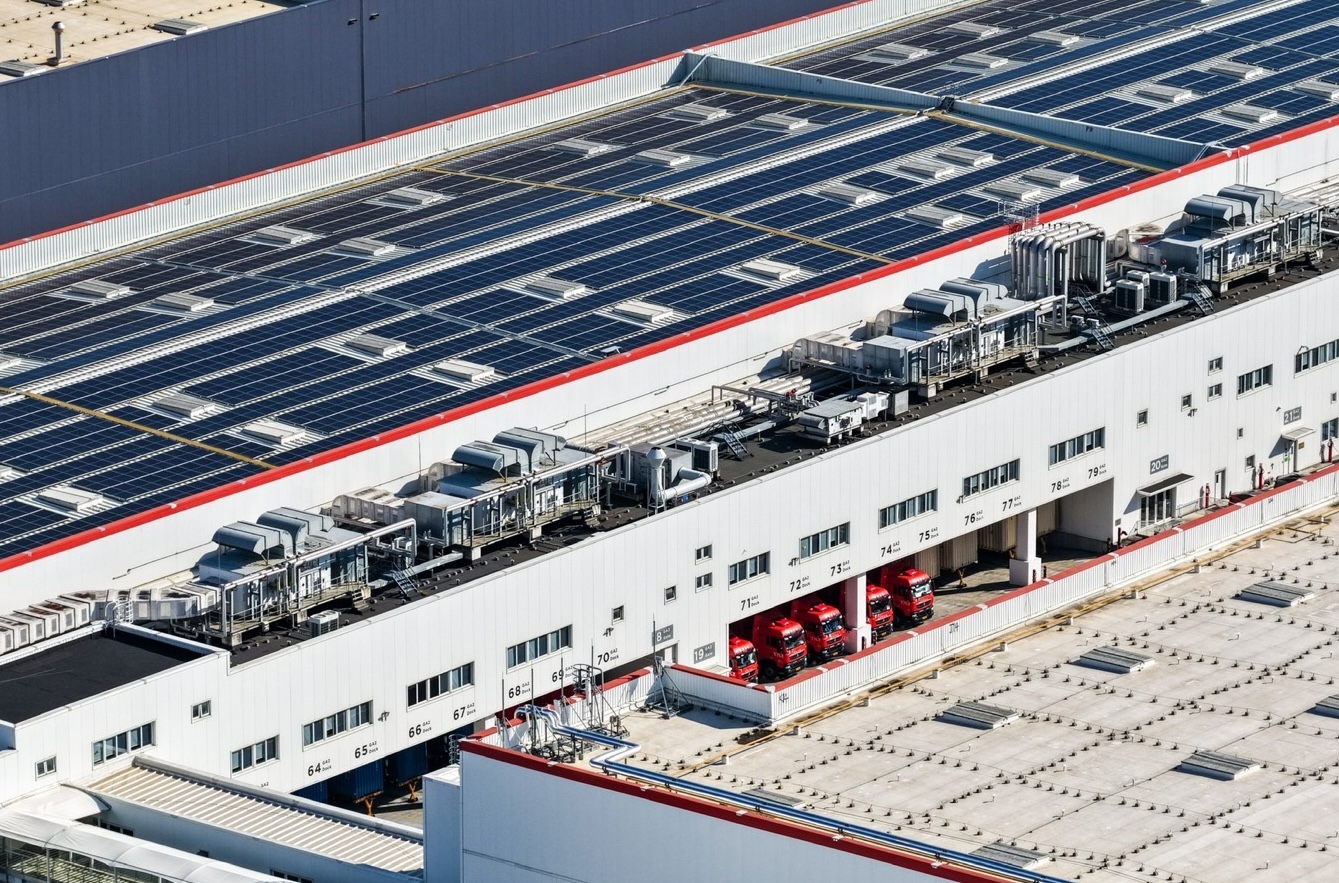
Tesla China Vice President Grace Tao recently shared new details on the company’s solar initiatives in some of its facilities across Shanghai.
In a post on Weibo, the Tesla executive stated that Gigafactory Shanghai’s rooftop solar installation now generates an impressive amount of clean energy, and other sites are following suit.
Tesla China’s rooftop solar initiatives
As per Tao’s post, Giga Shanghai’s rooftop solar system produces about 11 million kWh of electricity per year. This helps reduce carbon emissions by an estimated 4,600 tons annually.
The Shanghai Megafactory, which produces Megapack batteries, is also being fitted with solar panels. Once operational, it is expected to generate an additional 6 million kWh per year and further lower carbon emissions by roughly 2,500 tons.
“At present, the roof of the Shanghai Super Factory is covered with photovoltaic panels, which can generate 11 million kWh of electricity annually and reduce carbon emissions by 4,600 tons. The Shanghai Energy Storage Super Factory next door is also installing photovoltaic panels, which is expected to generate an additional 6 million kWh a year and reduce carbon emissions by 2,500 tons,” Tao wrote in her post.
Tesla expands solar and storage efforts
Beyond its manufacturing hubs, Tesla is extending its renewable energy strategy to service centers and retail operations in China. Tao stated that the roof of Tesla’s Shanghai Kangqiao Direct Body and Paint Center already produces around 400,000 kWh of green electricity each year, reducing emissions by yet another 170 tons.
She highlighted that Tesla’s goal is to ensure clean electricity powers the full lifecycle of its products, from manufacturing and storage to on-road charging. “The manufacture, storage, and use of clean electricity runs through the entire chain of Tesla products, and is also the contribution of every Tesla owner to a sustainable tomorrow for the earth,” Tao stated.
-

 Elon Musk2 weeks ago
Elon Musk2 weeks agoSpaceX posts Starship booster feat that’s so nutty, it doesn’t even look real
-

 Elon Musk1 week ago
Elon Musk1 week agoTesla Full Self-Driving gets an offer to be insured for ‘almost free’
-

 News1 week ago
News1 week agoElon Musk confirms Tesla FSD V14.2 will see widespread rollout
-

 News2 weeks ago
News2 weeks agoTesla is adding an interesting feature to its centerscreen in a coming update
-

 News2 weeks ago
News2 weeks agoTesla launches new interior option for Model Y
-

 News2 weeks ago
News2 weeks agoTesla widens rollout of new Full Self-Driving suite to more owners
-

 Elon Musk2 weeks ago
Elon Musk2 weeks agoTesla CEO Elon Musk’s $1 trillion pay package hits first adversity from proxy firm
-

 News1 week ago
News1 week agoTesla might be doing away with a long-included feature with its vehicles


